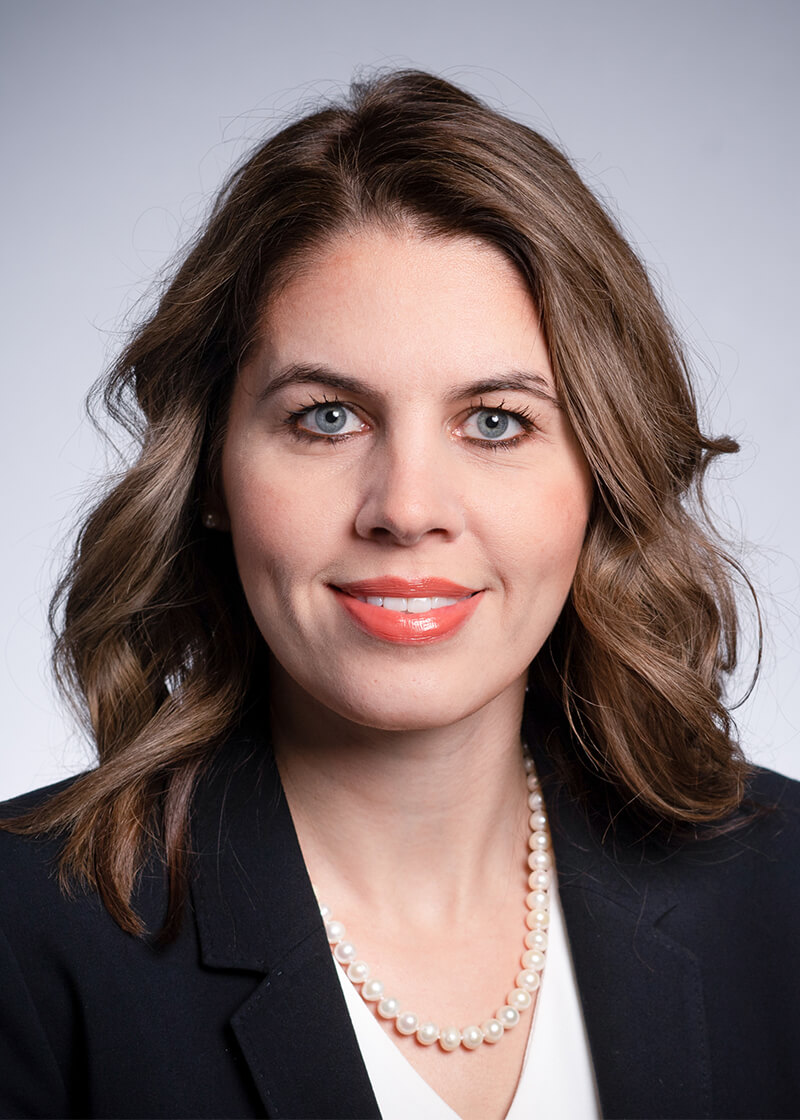What brought you to the SOPH?
I have always known UAB for its research excellence and I wanted to be a part of the School's growth. Public Health is extremely attractive to me because it allows me to merge my background in earth environmental science, public administration and policy, and international criminal justice. My research interests are also organically cross-disciplinary, involving public health professionals, civil engineers, environmental remote sensing and big data scientists. I have found the faculty at UAB and in the SOPH to be genuinely collaborative and supportive of my work.
Broad research focus?
Urban microclimates, urban heat islands, urban morphology; social vulnerability to environmental health risks and methods for mitigating those risks; high resolution mapping; sensors; air pollution; urban re- design and sustainable cities.
Favorite meeting to attend?
I especially enjoy the annual American Meteorology Society (AMS) meetings. It brings together scientists from all over the world, representing a wide variety of expertise. As a graduate student, I presented my work for the first time at this meeting. It feels like home.
Favorite (first-authored) paper?
One of my earliest publications was the first to assess urban heat islands (UHI), or hot pockets, at the microscale level. Hitherto, satellite data reported macroscopic temperatures but could not specify near-surface temperatures for specific areas. We used remote sensing and high-resolution data sets, at street level, to produce temperature maps that documented block-by-block surface temperatures in Manhattan, New York. This allowed us to locate hot spots that no other UHI study had previously identified. We were quite surprised by the degree of temperature variation across city blocks. We believe this variation is due to differences in urban morphology and is therefore ripe for intervention.
Karimi, M., Nazari, R. Vant-Hull, B., & Khanbilvardi, R., (2015). Urban Heat Island Assessment with Temperature Maps Using High Resolution Datasets Measured at Street Level. Journal of Constructed Environment, 6:4, 17-28.
One exciting on-going project?
In New York, I was involved in several urban heat mitigation and tree-planting initiatives and my work at UAB has been a natural extension of those efforts.
For instance, I am working with the UAB Tree Campus USA Advisory Committee and UAB Sustainability Committees to recommend suitable locations for future planting projects. From high-resolution mapping, we know 35 UAB blocks experience temperatures above 45 degrees Celsius during the summer. We also know that children and the elderly are especially susceptible to heat stroke and cardio-pulmonary flare-ups during heat waves. My hope is that our efforts will provide enough shade to naturally reduce the temperature of UAB's heat pockets. In the years ahead, I look forward to assisting the University with sustainability and urban health initiatives.
Other future directions?
Many of my colleagues study diseases that may be affected by urban microclimates as well as climate change locally and nationally. I am eager to collaborate to evaluate the relationships between these environmental exposures and specific health outcomes. I am particularly interested in assessing the impact of air quality on asthma and COPD patients. I would like to empower these patients with new technologies to self-monitor their air quality in real-time, in order to identify and then avoid symptomatic triggers.
